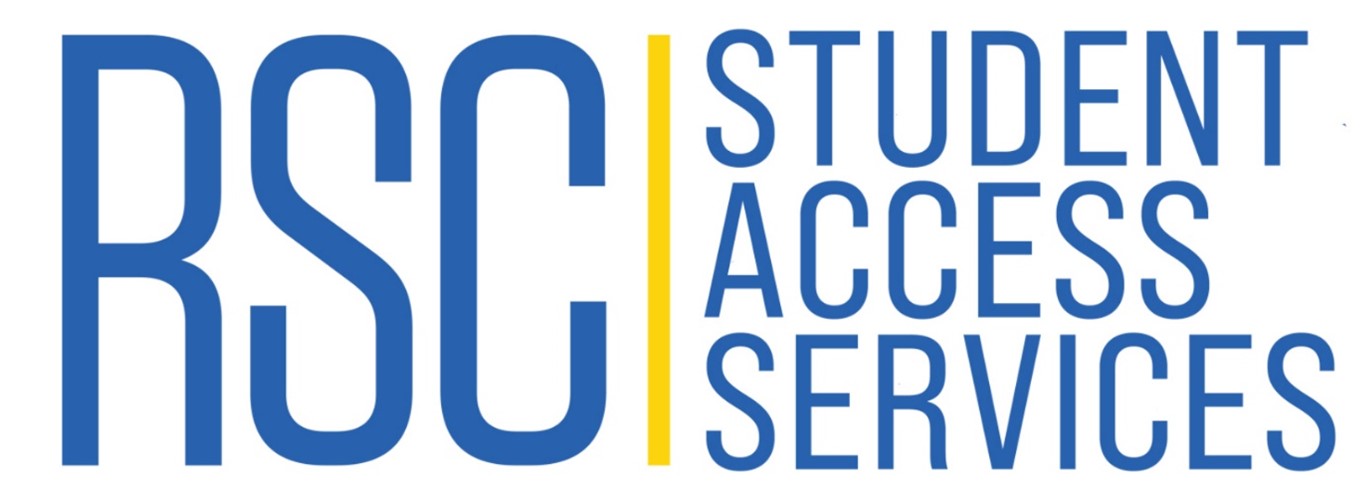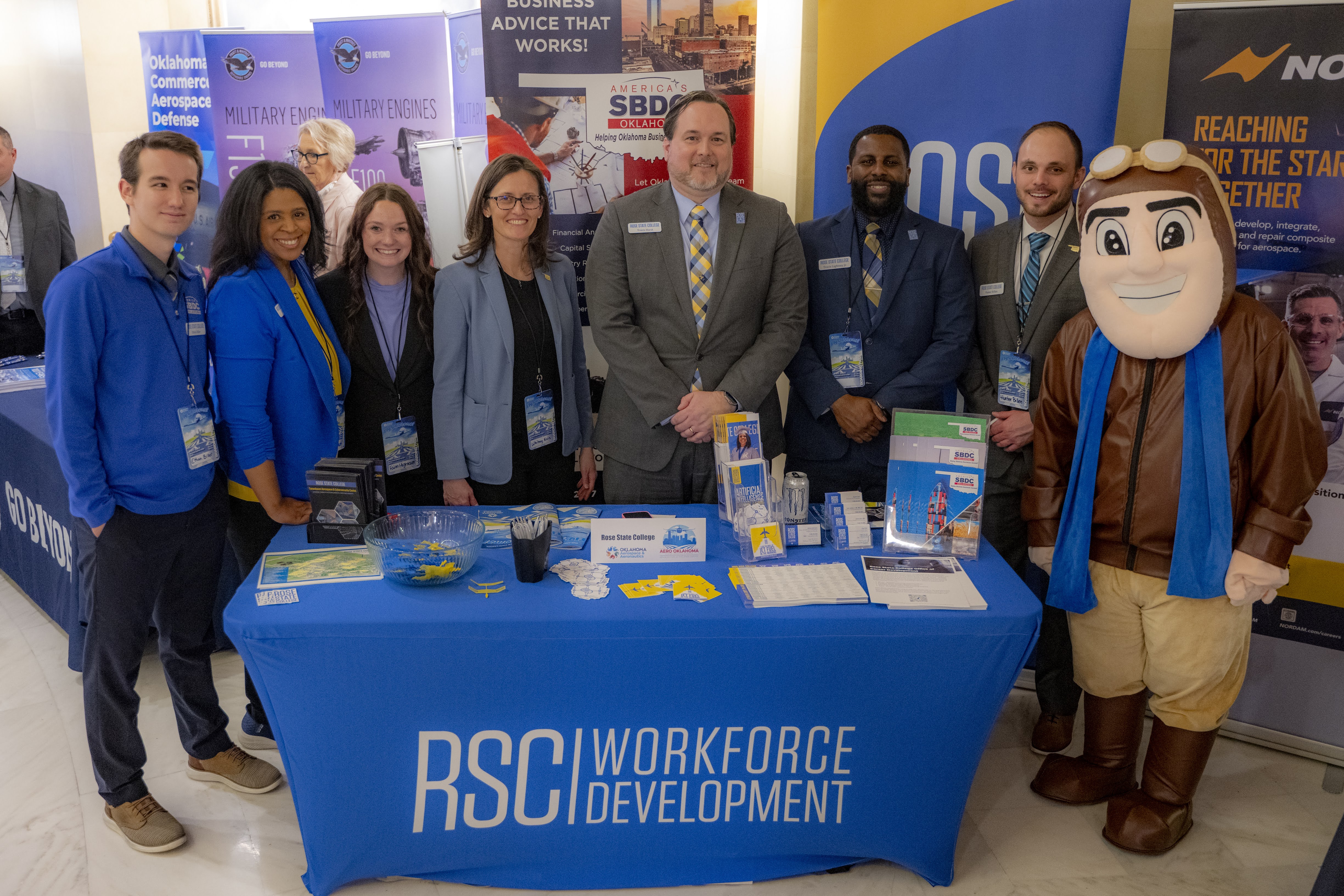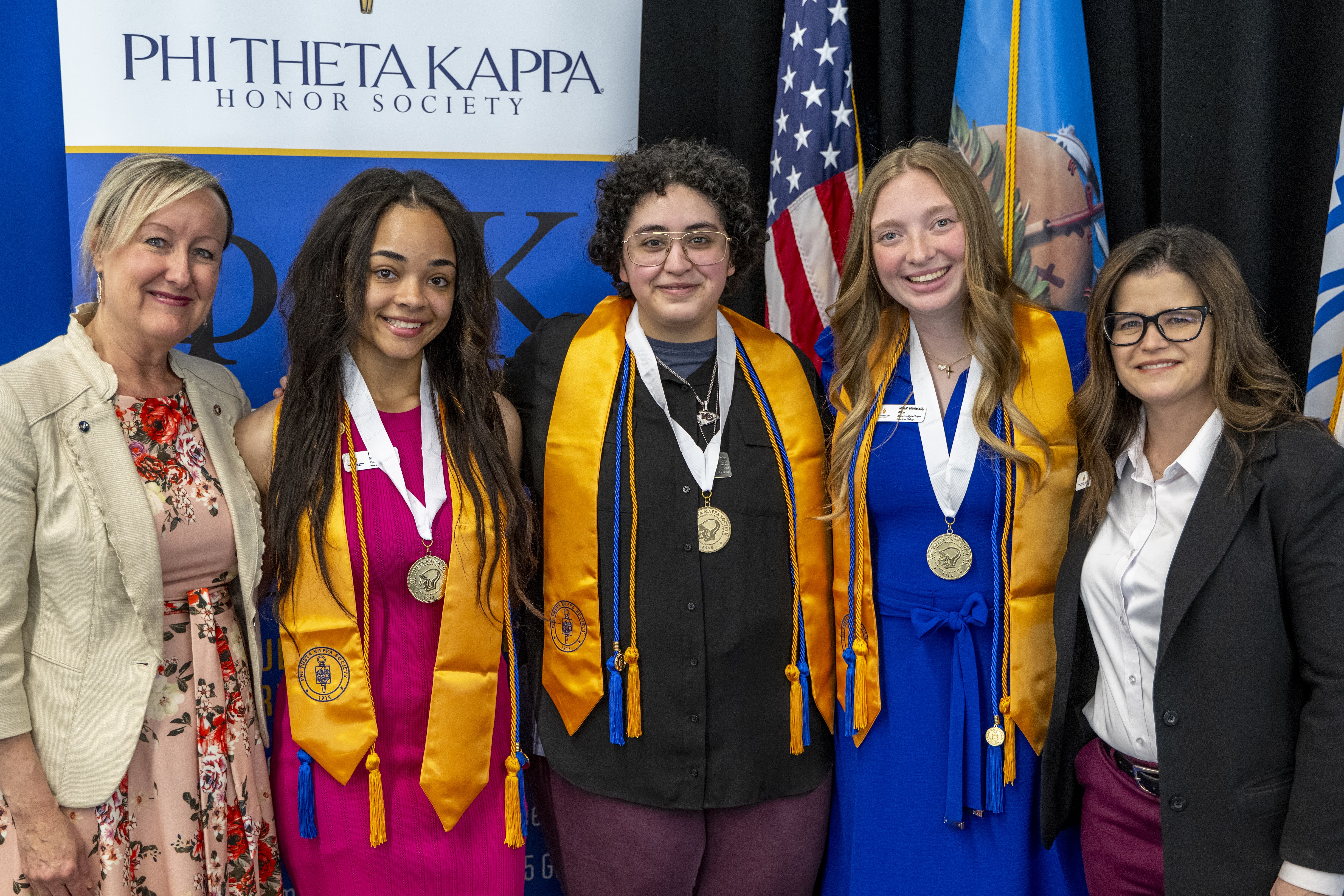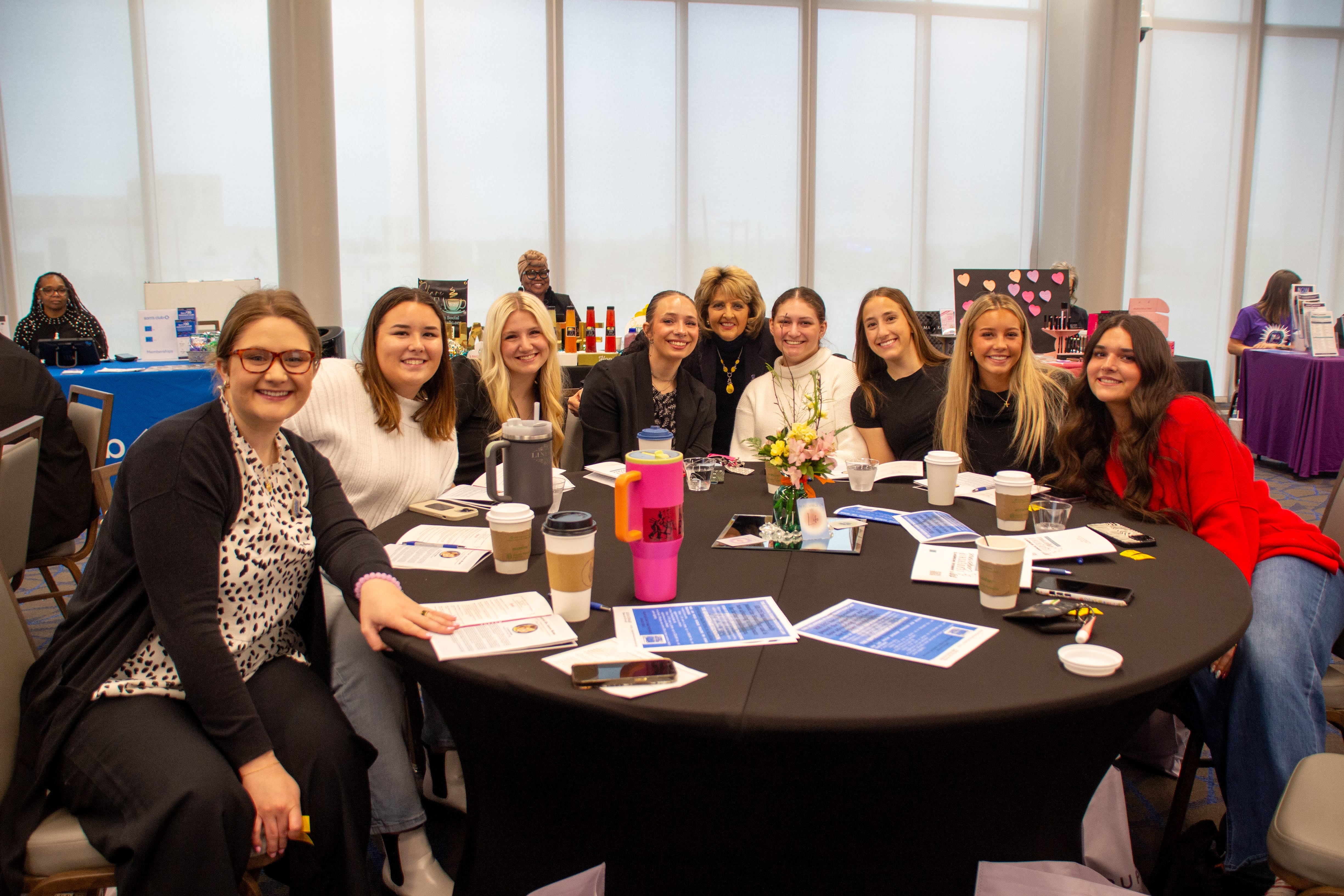Overview
Welcome to Rose State College’s Office of Student Access Services (SAS)

We take great pride in promoting the development of students and their personal independence necessary to succeed academically and beyond. SAS provides services to students who have a documented permanent or temporary disability, including students with physical or learning disabilities and students with health issues (mental or physical) which impact their Rose State experience. We seek to create a welcoming, universally accessible environment where all students are able to participate in the myriad aspects of the Rose State experience. Some of the academic accommodations our office provides include the following:
- Extended time on all timed tests, exams, and quizzes
- Reduced-Distraction Setting
- Permission to audio record class lecture content for note-taking only
- American Sign Language Interpreter for Deaf or Hard of Hearing students
- Copy of instructor’s lecture notes/ PowerPoint
- Books in alternative format, and many more
Students have the right (and responsibility) to self-disclose and make use of the services available.




